INFOS & SERVICE
OUR OTHER WEBSITES
Arrive in Chengdu
Enjoy Chengdu leisurely daily life, Kuanzhai Xiangzi, drink tea in People’s Park
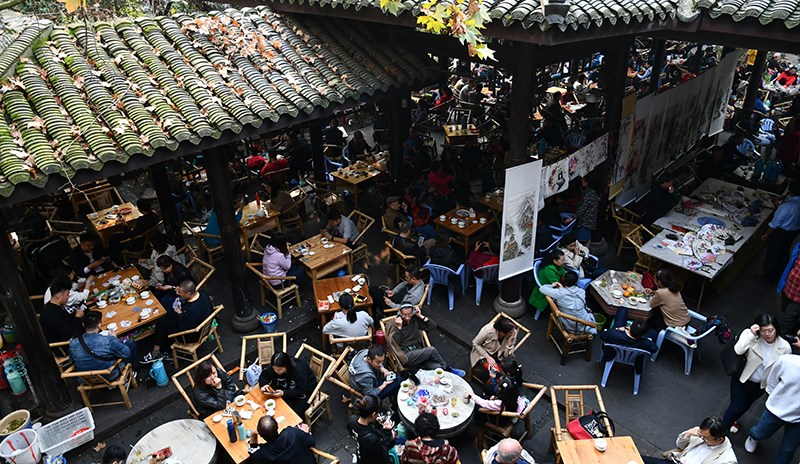
Chengdu
Completion of the administrative formalities for self drive with rental car
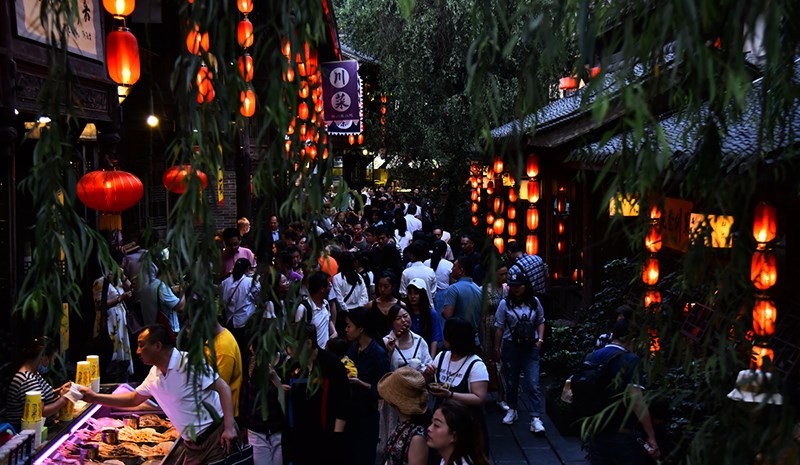
Self drive Chengdu - Dujiangyan - Taoping (1528 m) – Gu’er Gou (2279 m)
Dujiangyan irrigation system, Stockaded Village Taoping of Qiang Minority
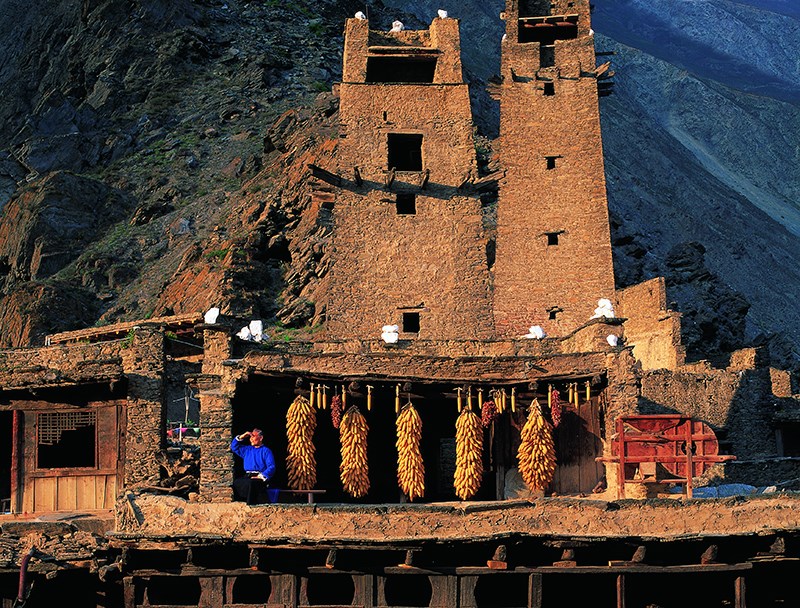
Self drive Gu’er Gou - Aba (3290 m)
Nangshig Monastery, Nunnery Jomo Gompa
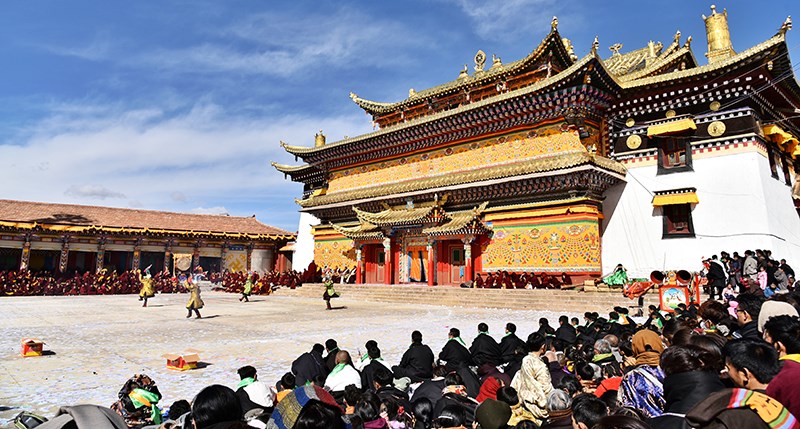
Self drive Aba - Rangtang (3529 m)
Nyingmapa lamasery Bangtuo and Jonangpa lamasery Rangtang
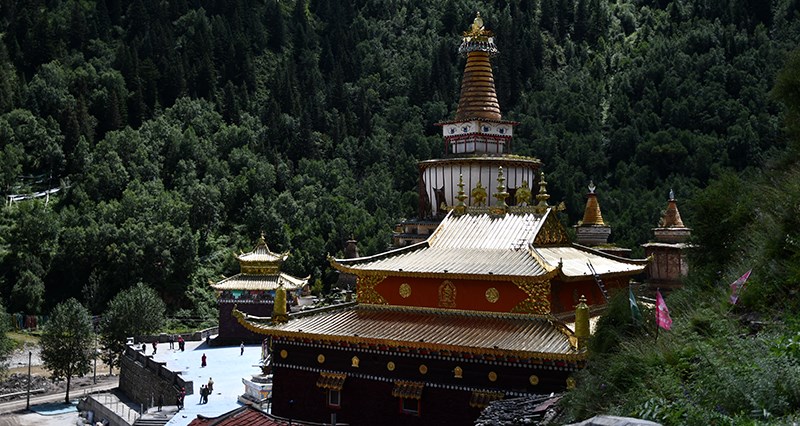
Self drive Rangtang - Wengda (3370m) - Luhuo (3250m)
Sirin Kar Monastery of Kagyupa school
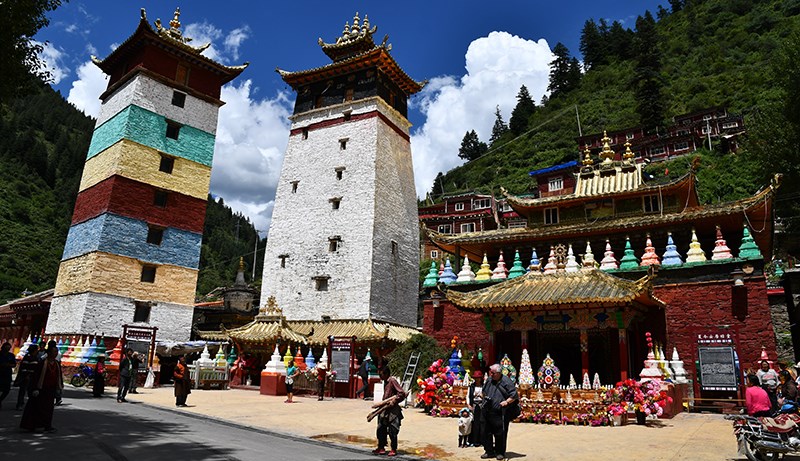
Self drive Luhuo - Garze (3390 m) - Dargye – Manigango (3866 m) - Yilhun Lhatso (4017 m) - Dege (3270 m)
Kasa Lake, Dargye Monastery, Yilhun Lhatso (Xinlu Hai Lake), rock sculpture frescoes in Keluodong village
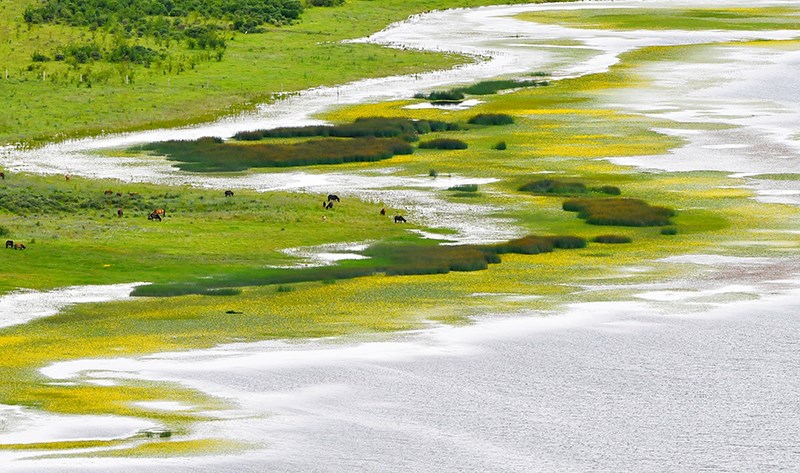
Self drive Dege - Pelyul (3006 m)
Dege Printing House, Dege Gonchen, Pelyul Monastery
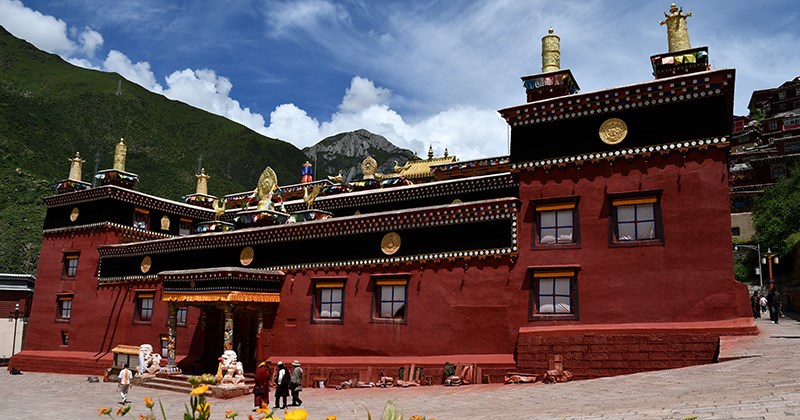
Self drive Pelyul - Yarchen Gar - Garze (3390 m)
Yarchen Gar (Yaqing Si). Han-Chinese Monastery
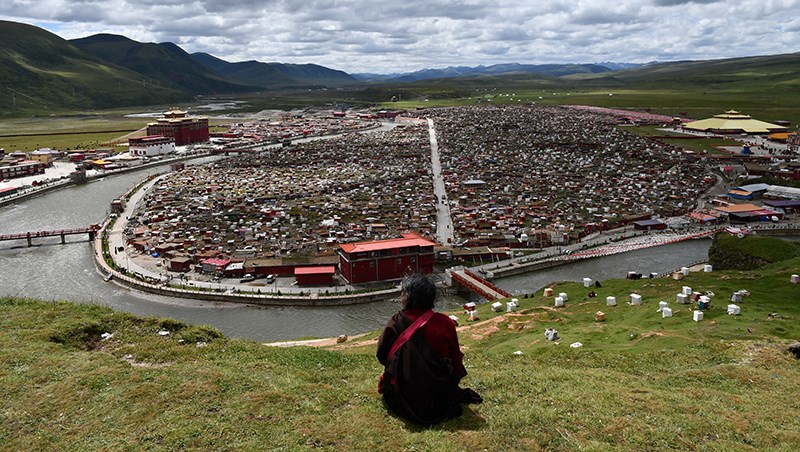
Self drive Garze - Tagong (3729 m)
Debate in Garze Monastery, Lhagang Monastery (Tagong Si), sunset of Yala Mountain
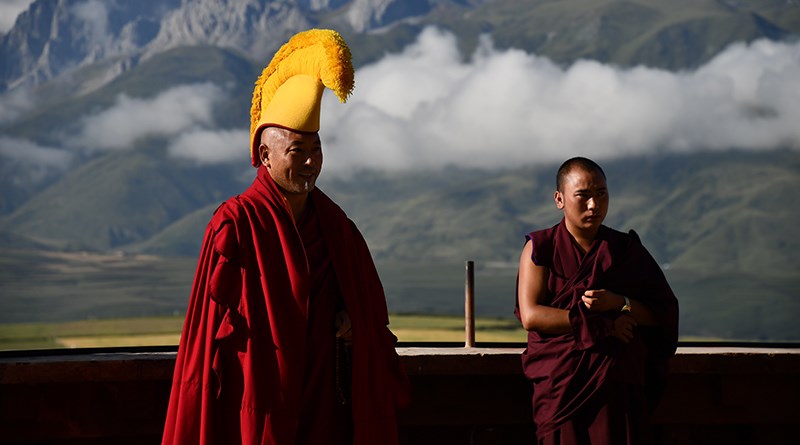
Self drive Tagong - Danba (2266 m)
Sunrise of Yala Mountain, Gyergo Nunnery, ancient block towers in Suopo, Jiaju village
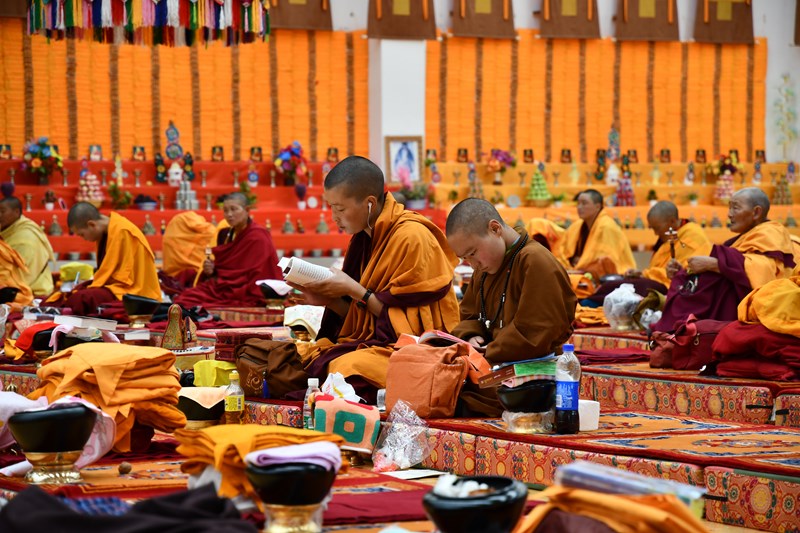
Self drive Danba - Siguniang Shan Town (3134 m)
Wori Tusi Manor, Shuangqiao Valley, sunset of Siguniang Shan Mountain
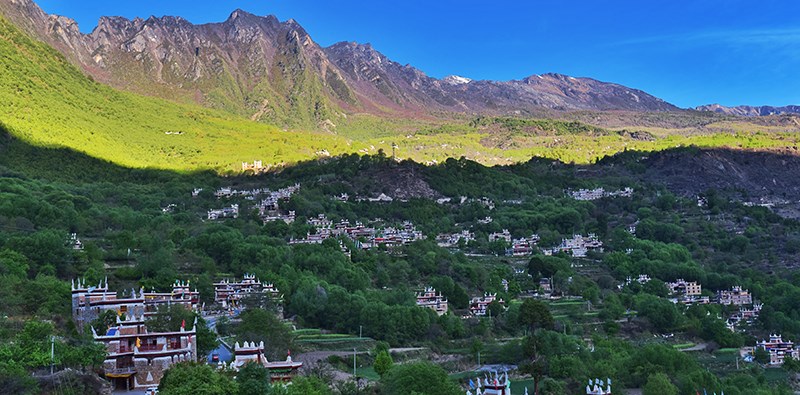
Self drive Siguniang Shan Town - Wolong (1700 m) - Chengdu
Great panoramic view of Mt. Siguniang at sunrise, Wolong National Nature Reserve, Shenshuping Panda Base
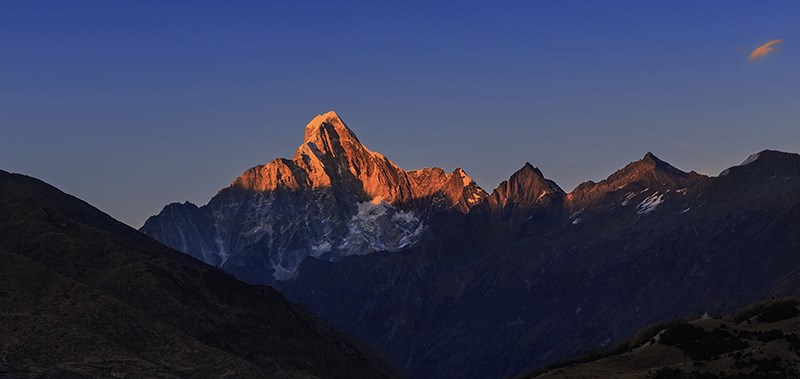
Leave Chengdu
Travel to next destination
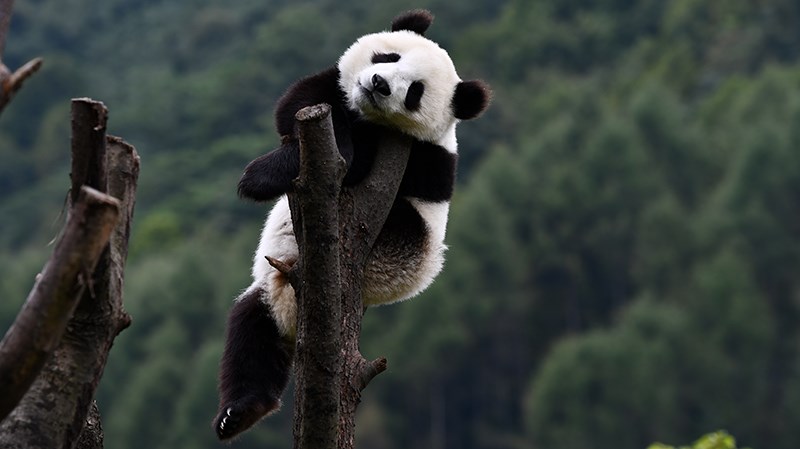
Private travel, great experiences! Please contact us for your tailor-made travel offer.
With individual China Tibet travel, you can decide when, where and how you go on tour by yourself. What's more, you can choose the length of travel and whom you go with.